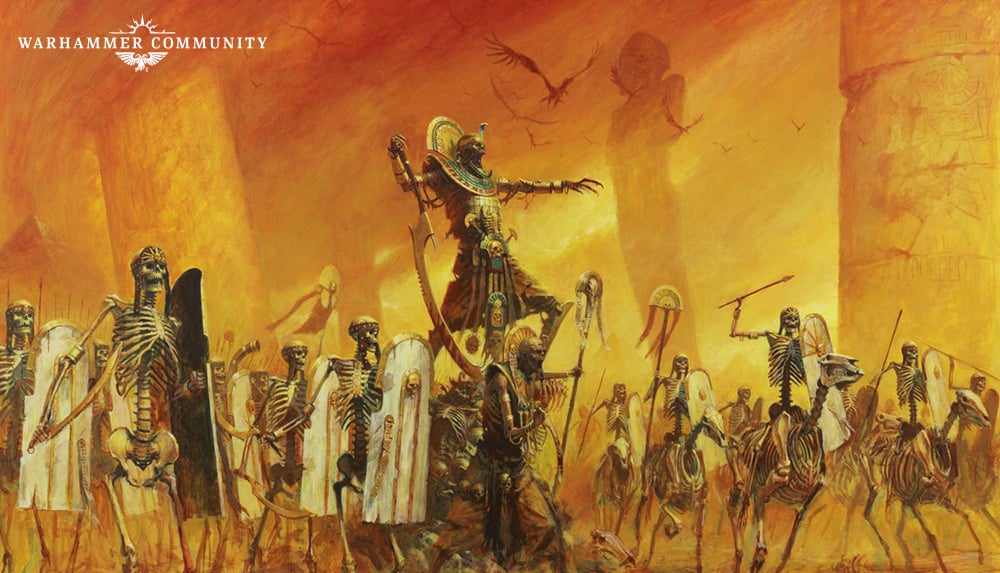Hi all,
One of the big changes that occurred in 8th edition was the introduction of the, informally named, Step Up rule. Previously, if all models in the front rank of a unit were killed, that unit could not fight back in combat. They added the Step Up rule in 8th to make sure that didn’t happen anymore and ensured that unless you were wiped out, you could still fight. Should the Old World keep this rule?
The inclusion of the “Step Up” rule is particularly beneficial for melee-focused armies. Melee-centric factions, such as Warriors of Chaos or Orcs and Goblins, heavily rely on close combat effectiveness. The “Step Up” rule allows these armies to capitalize on their strength in numbers and encourages players to build lists with a focus on infantry units. This not only adds thematic nature of the game but also rewards skillful list building, where players must strategically position their units to take full advantage of the rule. It promotes a more dynamic and nuanced approach to army composition, fostering diversity and creativity in list building.
Contrary to popular belief, the “Step Up” rule doesn’t exclusively benefit melee-focused armies. Ranged and defensive armies, such as High Elves or Dwarfs, can also leverage the rule strategically. By anticipating the potential movements of opposing units after a combat resolution, players commanding these armies can position their units to maximize the effectiveness of their shooting or defensive capabilities. This adds a layer of depth to list building, encouraging players to consider the interaction between ranged and melee elements in their armies for a more well-rounded and adaptable force.
While benefiting melee armies is desirable, the “Step Up” rule disproportionately favors horde-style armies over elite, specialized forces. Horde armies, characterized by large numbers of relatively inexpensive troops, already have an inherent advantage in close combat due to their sheer quantity. Introducing the “Step Up” rule could potentially make elite, high-cost infantry less appealing, upsetting the balance between different army archetypes. It risks diminishing the strategic variety in list building and encouraging a dominant reliance on large infantry blocks.
The “Step Up” rule offers opportunities for ranged and defensive armies, but it also introduces a level of unpredictability that can complicate strategic planning. Defensive armies often rely on maintaining a solid formation and controlling the pace of engagement. The rule’s dynamic nature may disrupt the carefully laid defensive plans, making it challenging for players to predict the outcomes of their tactical decisions accurately. This uncertainty could discourage players from investing in defensive strategies, potentially limiting the diversity of lists and playstyles in the game. It also feels bad when you get savaged in combat and never get a n opportunity to strike back.
In summary, the debate surrounding the “Step Up” rule in Warhammer Fantasy reflects the nuanced impact it has on different types of armies. While it adds depth to list building and strategy for some factions, there’s a concern that it might tilt the balance in favor of a few, very specific, army archetypes, limiting the diversity and tactical options available to players. The decision on whether to include the rule depends on finding a delicate equilibrium that enriches the gaming experience for all players and encourages a variety of army compositions.
And remember, Frontline Gaming sells gaming products at a discount, every day in their webcart!

